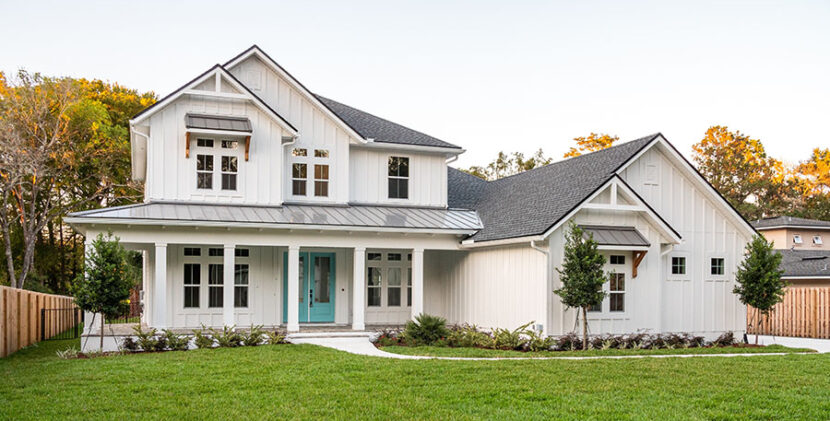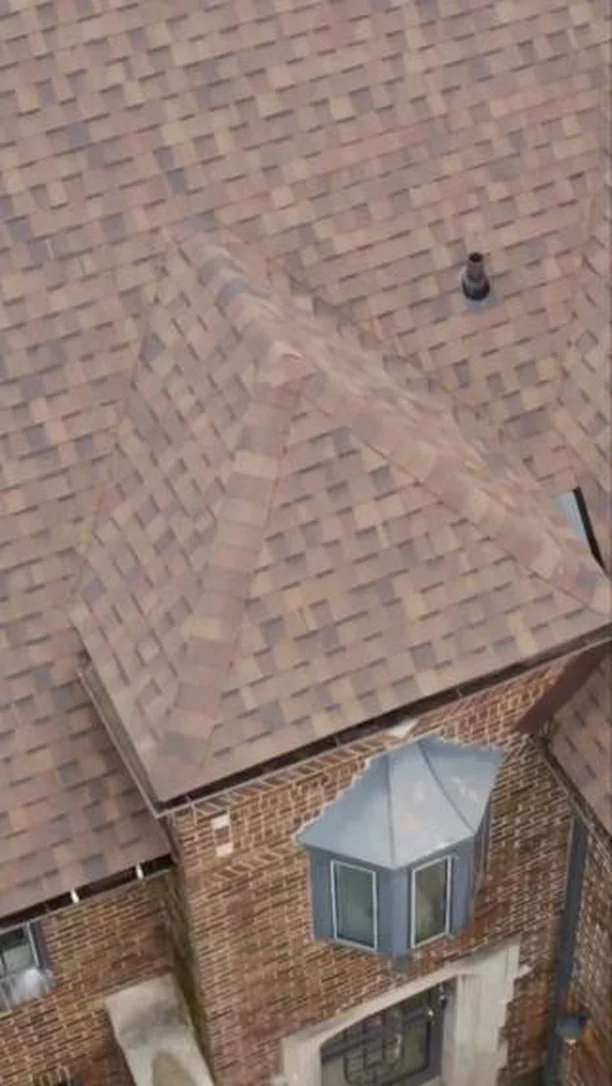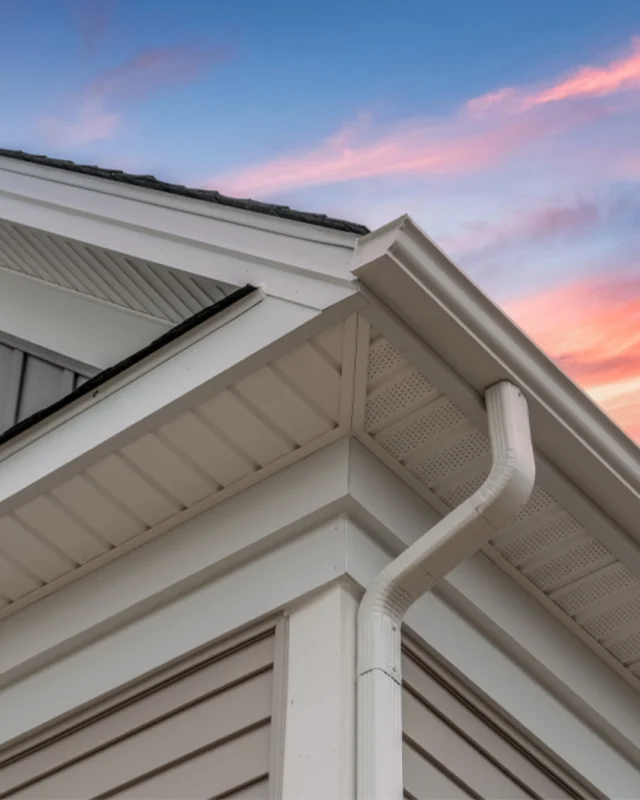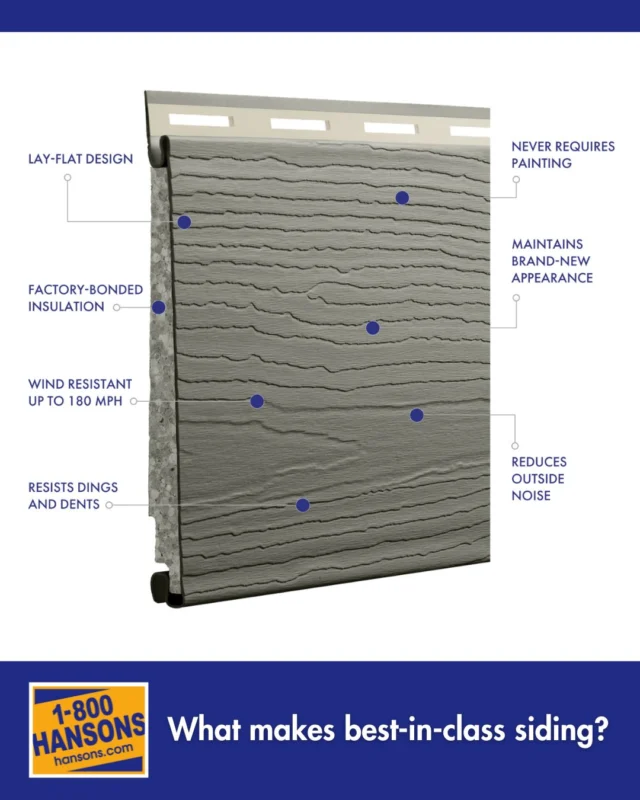Learning Center » Home Improvement
Basement Waterproofing Help

Dust mites and mold love nothing more than a dark, damp space, but closing your basement door isn’t enough to keep the moisture downstairs. As infestations worsen, mold spores float to the upper reaches of your home. Dry rot spreads like a disease, and dust mites’ microscopic cells find their way throughout your property. The rising damp in your basement is more than just a destructive eyesore. It’s a health hazard.
Why basement moisture matters
Alternaria, penicillium, and mites are three of the most common asthma triggers. They thrive in dark, moist environments, triggering respiratory disease as they evolve. Basement leaks actively work against your HVAC system, preventing it from regulating your temperature. If the climbing utility bills don’t get you, the muggy climate will.
As summer temperatures soar, excess humidity can lead to heat stroke. Basement moisture can also create musty odors from rot and mildew, no matter how thoroughly you try to scrub them away. Even if your moisture problem is limited to a single room, vapor will move through the air, rotting and buckling floors. Rust is swift to follow.
Get a Free Estimate Today
50% off installation. Special financing available. See details.
What’s causing the moisture?
Water tends to find its way into any space unless it’s completely impervious. Every crack and pore matters, so your moisture might be caused by:
- Leaky windows: Basement windows are usually installed to fight moisture, but they often have the opposite effect. Windows can leak due to poor drainage and material decay. As water accumulates around the frames, moisture marks and rot will follow.
- Cracked walls: Untreated wall fractures are common in basements. They usually occur when outdoor forces push harder than your mortar’s tensile strength can resist. Hydrostatic pressure and freeze-thaw cycles can weaken your structure. Root intrusion can also cause wall damage as trees grow towards moist surfaces in search of sustenance.
- Floor cracks: Floor gaps and fractures form in response to expansive soils and ground movement. If your concrete is cured, it will shrink and erode. If you keep heavy items in this space, they, too, can become a destructive force.
- Hydrostatic pressure: When your structure becomes immersed in water, it pushes your floor upwards, leading to cracks.
- Climate: If your region experiences temperature swings and heavy rains, your entire structure will shrink, expand, and develop flaws.
You’d be forgiven for charging downstairs with some sealant or caulk, but DIY measures are rarely enough because…
… You can’t solve 10 problems with one solution
A doctor can’t cure a disease he hasn’t diagnosed, and moisture-proofing can’t be effective unless you know the cause. You can only achieve a targeted weatherstripping approach when you have an accurate diagnosis. You need a holistic strategy that addresses each individual problem at the root.
Relying solely on caulk and other sealants is like taking a painkiller to treat a snake bite. It might address the symptoms, but the poison will still find its way through your body. Moisture is equally intrusive, so better contractors will perform a comprehensive assessment before choosing a response.
Developing an effective weatherstripping strategy
Thorough weatherstripping will address root intrusions, concrete expansion, leaking windows, and more. A holistic waterproofing strategy protects you in three ways:
- Type A waterproofing systems create a barrier for the interior of your basement. Cementitious waterproof coatings and sealants are typically used, but unless you have a brand-new basement that’s only partially underground, they can’t act alone. If your basement’s exterior is porous, water will eventually break through your line of defence. No amount of interior caulking can stand up to the weather without a solid, moisture-proof shell.
- Type B systems are built into the structure itself, addressing the exterior shell of your basement. These solutions might include rubberized asphalt, membranes, and waterproof concrete. Additional mechanisms like water stops are often incorporated in these setups, which are usually only included in new builds.
- Type C protection uses cavity drainage systems to move water behind your structure’s membrane. A sump pump or package pump station diverts water away from your basement so that it can’t do damage. This form of waterproofing can be used in old, retrofit, and new basements alike, so it’s the perfect way to transform an older basement into a livable space.
Type C protection is often considered the most efficient and convenient basement waterproofing solution. It allows water to flow freely without building hydrostatic pressure. It actively removes moisture, never giving it the opportunity to destroy your cherished home. It’s easy to install and access for maintenance.
A multi-layered waterproofing system will provide a completely dry indoor environment by targeting moisture from every angle. Still, every home has unique quirks and problems, so the best waterproofing system is customized to address every potential challenge, from high water tables to limited site access and complicated layouts.
Need help with a windows, roofing or siding home improvement project? Click here for a free estimate.















